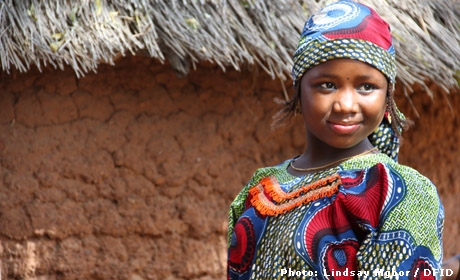-
Country Pages
-
Asia y el Pacífico
- Afganistán
- Bangladesh
- Bhután
- Camboya
- China
- India
- Indonesia
- República Islámica del Irán
- República Democrática Popular Lao
- Malasia
- Maldivas
- Mongolia
- Myanmar
- Nepal
- Pakistán
- Estado Independiente de Papua Nueva Guinea
- Filipinas
- Sri Lanka
- Tailandia
- Timor Oriental
- Vietnam
-
Europa Oriental y Asia Central
- Albania
- Armenia
- Azerbaiyán
- Belarús
- Bosnia y Herzegovina
- Georgia
- Kazajstán
- Oficina de Kosovo
- Kirguistán
- República de Moldova
- Macedonia del Norte
- Serbia
- Tayikistán
- República de Türkiye
- Turkmenistán
- Ucrania
- Uzbekistán
-
Estados Árabes
- Argelia
- Yibuti
- Egipto
- Iraq
- Jordania
- Líbano
- Libia
- Marruecos
- Omán
- Palestina
- la República Federal de Somalia
- Sudán
- República Árabe Siria
- Túnez
- Yemen
-
África Oriental y Meridional
- Angola
- Botswana
- Burundi
- Comoras
- República Democrática del Congo
- Eritrea
- Eswatini
- Etiopía
- Kenya
- Lesotho
- Madagascar
- Malawi
- Mauricio
- Mozambique
- Namibia
- Rwanda
- Seychelles
- Sudáfrica
- Sudán del Sur
- República Unida de Tanzanía
- Uganda
- Zambia
- Zimbabwe
-
América Latina y el Caribe
- Argentina
- Estado Plurinacional de Bolivia
- Brasil
- Chile
- Colombia
- Costa Rica
- Cuba
- República Dominicana
- la República del Ecuador
- El Salvador
- Guatemala
- Haití
- Honduras
- México
- Nicaragua
- Panamá
- Paraguay
- Perú
- Uruguay
- República Bolivariana de Venezuela
- Caribe (multinacional)
-
África Occidental y Central
- Benin
- Burkina Faso
- Cabo Verde
- Camerún
- República Centroafricana
- Chad
- Congo
- Costa de Marfil
- la República de Guinea Ecuatorial
- Gabón
- Gambia
- Ghana
- Guinea
- Guinea-Bisáu
- Liberia
- Malí
- Mauritania
- Níger
- Nigeria
- Sao Tomé y Príncipe
- Senegal
- Sierra Leona
- Togo
-

UNFPA Nigeria
Nigeria has a dynamic economy and a large population expected to double in the next two decades. Though maternal mortality rates have fallen, the overall numbers of maternal deaths remain high, contraceptive prevalence is low and teenage pregnancy high. UNFPA programmes focus on improving maternal and newborn health, combating fistula and providing access to sexual and reproductive health of young people. Family planning measures aim to broaden access to high-quality services and improved management of contraceptives. Other efforts assist in producing key demographic data for development planning.
Población
 Población de 0 a 14 años, en porcentaje
Población de 0 a 14 años, en porcentaje Población de 15 a 64, años, en porcentaje
Población de 15 a 64, años, en porcentaje Population aged 65+
Population aged 65+
Salud sexual y reproductiva
 Nacimientos atendidos por personal sanitario calificado
Nacimientos atendidos por personal sanitario calificado
Planificación familiar
 Modern method
Modern method
Educación
Gender, Rights, and Human Capital
Prácticas nocivas
Population Pyramid
Esperanza de vida
Total fertility rate
Noticias
For most vulnerable Nigerian women, high rates of traumatic birth injury
“One week after I delivered my second child, I realized that there was an issue,” Aisha told UNFPA from her hospital...
Cholera poses grave risks to pregnant women in conflict-affected Nigeria
Yana, 25, was three months pregnant when she fell sick with cholera just days ago. “I was already suffering, but then I...


Redes sociales
Tweets from UNFPATürkiye